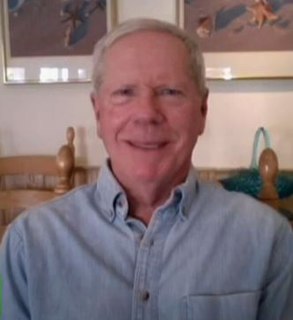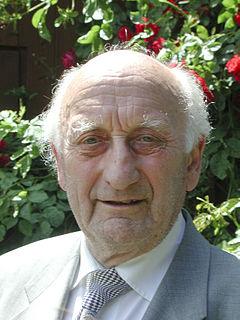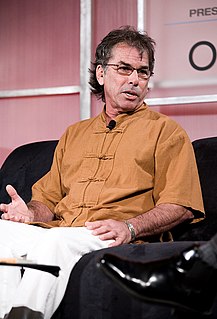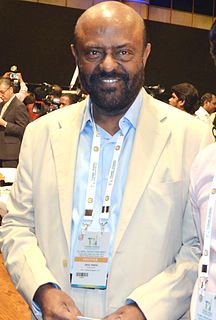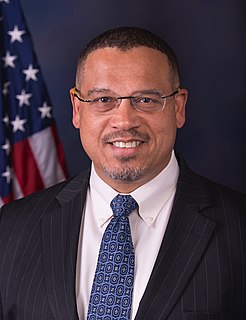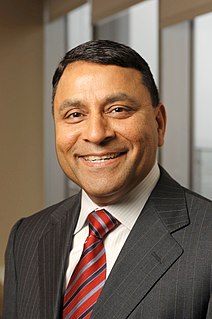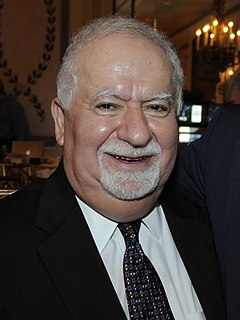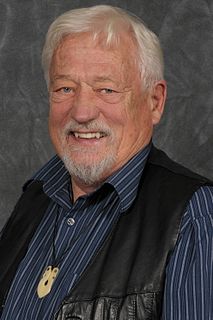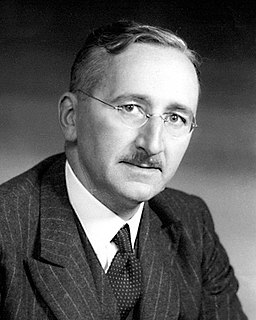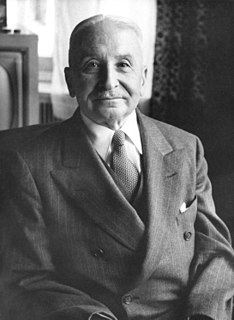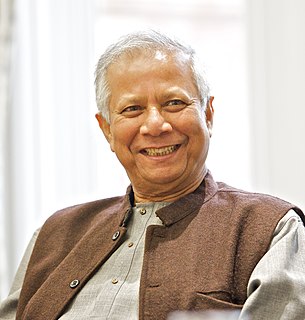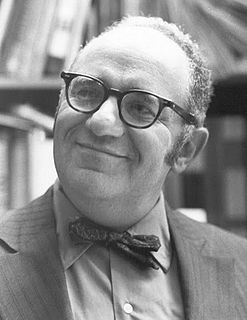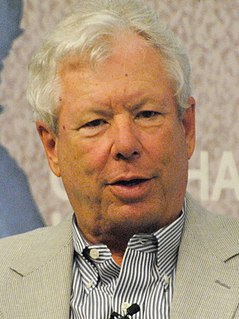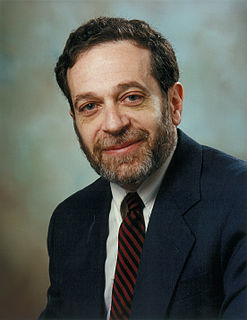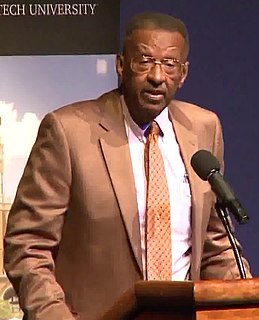A Quote by Paul Craig Roberts
Jobs offshoring began with manufacturing, but the rise of the high-speed Internet made it possible to move offshore tradable professional skills, such as software engineering, information technology, various forms of engineering, architecture, accounting, and even the medical reading of MRIs and CT-Scans.
Related Quotes
Shiv Nadar University has five schools with 16 departments offering 14 undergraduate, 10 master's and 13 doctoral programmes. The demand for engineering courses - computer science, engineering, electronics, communication engineering, mechanical engineering - is slightly on the higher side compared to other engineering courses.
Engineering is not merely knowing and being knowledgeable, like a walking encyclopedia; engineering is not merely analysis; engineering is not merely the possession of the capacity to get elegant solutions to non-existent engineering problems; engineering is practicing the art of the organizing forces of technological change ... Engineers operate at the interface between science and society.
… what society overwhelmingly asks for is snake oil. Of course, the snake oil has the most impressive names — otherwise you would be selling nothing — like “Structured Analysis and Design”, “Software Engineering”, “Maturity Models”, “Management Information Systems”, “Integrated Project Support Environments” “Object Orientation” and “Business Process Re-engineering”.
That is the future, and it is probably nearer than we think. But our primary problem as universities is not engineering that future. We must rise above the obsession with quantity of information and speed of transmission, and recognize that the key issue for us is our ability to organize this information once it has been amassed - to assimilate it, find meaning in it, and assure its survival for use by generations to come.
What specialists try to do is get at least three imaging processes that are totally different from each other. Then you can run these through a computer program and make a composite image. In one scenario you suspect a brain tumor, so you image the brain tumor with PET scans, MRIs, and CT scans and create a 3D model. The doctor opens up the skull to excise the cancer, but they can't see anything. Do you cut out what's supposed to be in that spot or not? The current story is yes, you believe the images over what you see with your eyes.
